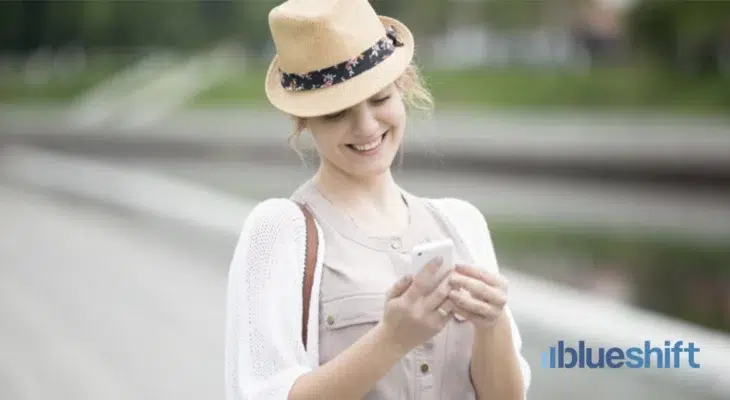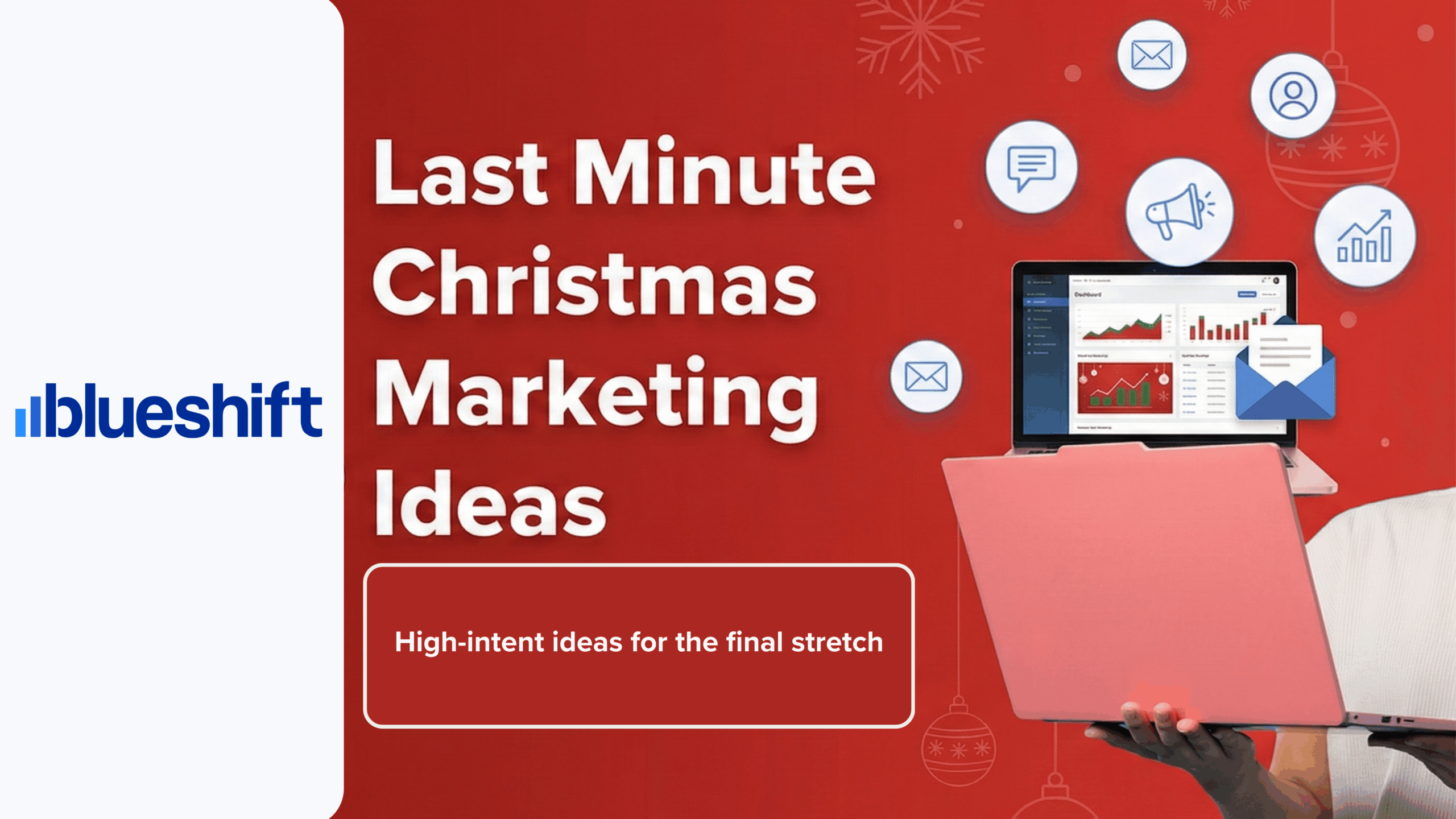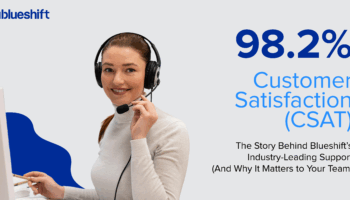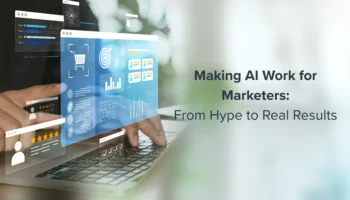Marketers should adapt their send time to each user individually, and send campaigns closer to the times when they are more likely to engage in downstream activity.
As you might have read in our previous blog post “Re-Thinking Send Time Optimization in the age of the Always On Customer“, Blueshift focuses on “Engage Time Optimization” rather than what marketers traditionally call as “Send Time Optimization”. Since we’ve posted this article, we’ve elaborated a bit on the details of the development of that feature on Quora (When is the best time (day) to send out e-mails?). Through this post however, we would like share more of those insights, and advocate for focusing on optimizing downstream user engagement metrics rather than initial open rates.
The idea of “Send Time Optimization” is not new, and has been around for quite some time. One of the more recent reports on this was posted by MailChimp in 2014, but articles and discussions on this topic go back as far as 2009 and older. The data science team at Blueshift followed the hypothesis that if there is a specific hour of the day, or day of the week that an audience is more likely to engage, that should reflect in increased open (or even click) rates when messaged at different times.




